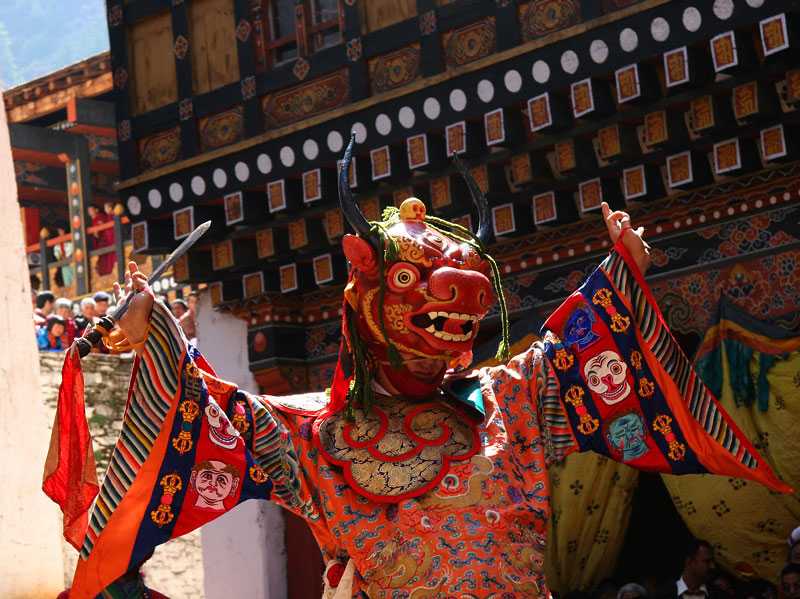“People often overlook the impact of their online life and how their online experiences contribute to a digital footprint,” Benoit-Kurtz said. “Even as you as an individual are super careful with your online social media presence, your digital footprint could be contributed to through almost no action of your own.”
That information is how Amazon knows exactly what pair of shoes and size to recommend to you, and how Target sends you an ad for baby products before you’ve even announced the pregnancy. It’s also how hackers and scammers get a hold of your email to send you phishing messages and pretend to be you to collect unemployment checks in your name.
Online privacy doesn’t really exist, but that doesn’t mean there’s nothing you can do about the size of your digital footprint.
Every website you visit, every social media post you make and every advertisement you click on contributes to your footprint. That game app you downloaded, your FitBit, your smart home device — it all contributes to your footprint. Even when you apply for a job online and enter your social security number, you’re adding to your print.
It’s not possible to use the internet today without leaving behind a trail, said Robin Wilton, director of internet trust for the nonprofit Internet Society, which focuses on expanding access to the internet worldwide and protecting user privacy and security.
“Some of that trail you leave knowingly. You choose to tell someone something and some of it you disclose implicitly through the websites you visit or the places you authenticate,” Wilton said. “And some of it, you’re not conscious you’re doing it, and it doesn’t occur to you that you’re leaving these traces.”
Internet users create their digital footprint either actively or passively.
ACTIVE VS. PASSIVE DIGITAL FOOTPRINTS
- Active digital footprint: This includes the personal data you voluntarily share online, such as posting on social media, registering for new accounts and accepting cookies on a website.
- Passive digital footprint: This involves the personal data companies collect about you without your knowledge through things like third-party cookies, tracking scripts and code that tracks user behavior on a website.
It’s natural to feel a little exposed when thinking about the extent of your digital footprint. The majority of Americans feel like they don’t have much control over the information collected about them online, according to a survey from the Pew Research Center.and some aspects of your digital footprint are useful. It’s what enables Google to surface the most relevant websites and your favorite e-commerce website to tailor their ads and product recommendations to you. Other cookies help you stay logged in on a website and remember what products were in your shopping cart.
The bad news is, data protection hasn’t kept up with data collection, Benoit-Kurtz said. Unless a company receives a request to delete your personal information, it will likely sit in their databases long after you’ve moved on. And it’s likely not being protected as it should.
“Organizations keep data about individuals for an extraordinarily long period of time, and the challenge with that data is the more you have — especially the more obsolete data you have — the easier it is to lose control of that information,” Benoit-Kurtz said.
While more recent data receives more attention and security, data that’s several years old is more likely to slip through the cracks and become exposed, she added.
As a result, there are some notable risks to ignoring your digital footprint that are important to pay attention to.
disadvantages of digital footprints
- Can potentially lead to identity or data thefts.
- Digital footprints often cannot be deleted and are permanent.
- Loss of privacy.
- Unwanted solicitations.
Benefits of having a digital footprint are numerous. For example, if you are an online professional, your reputation may improve if people are aware of your online presence. Additionally, building relationships with customers or other clients may also be improved by having a digital footprint.






